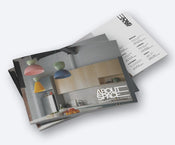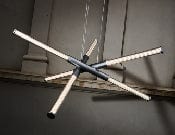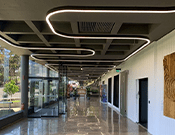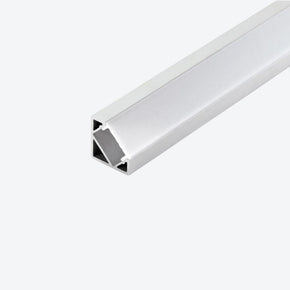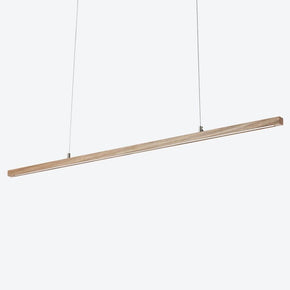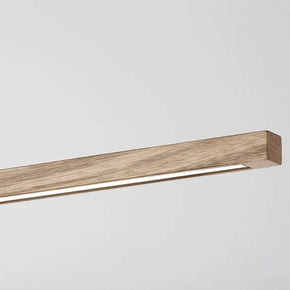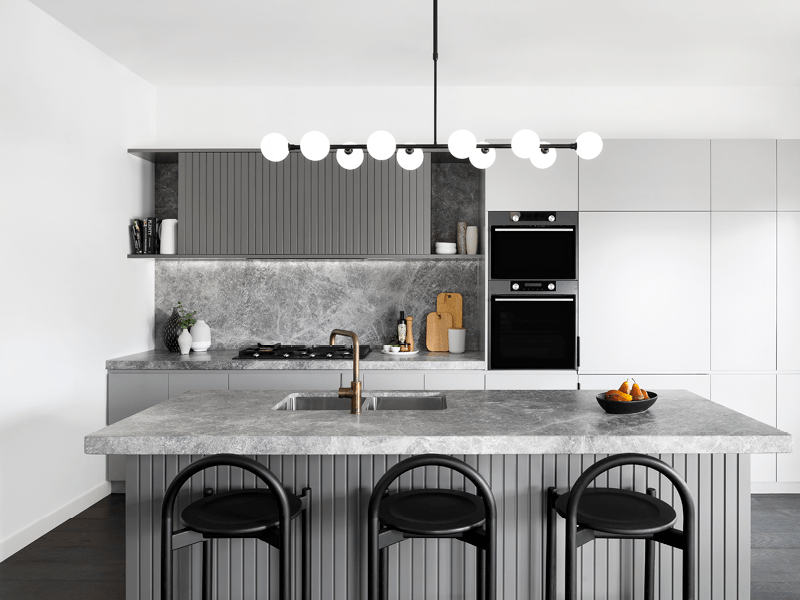- No products in the cart.
- ``
5 reasons to use concrete in coastal areas
11
Nov
In Australia, coastal living is extremely popular with 85% of our population living within 50km of the coast. Our coastline stretches almost 50,000km and is linked by more than 10,000 beaches!
If you live right on the beach, it can be paradise – except when it comes to choosing the best light fittings to withstand corrosion. What material can withstand the harsh sun, wind and salt of coastal living? Why, concrete of course!
Here are 5 reasons we recommend choosing concrete in coastal areas.
1. It doesn't rust
Unlike its metal counterparts, concrete contains an alkaline environment that protects against corrosion. Concrete fittings that are graded for water resistance can withstand coastal moisture unlike other materials. On top of maintaining the integrity of your fittings, you’ll find it to be a low-maintenance option. It’s an effortless material and maintains its polish. Instead of cleaning and worrying about rust, you can sit back and enjoy the view!
2. It’s durable
In general, good-quality concrete is adequately resistant to the effects of sea water, salt water and other salty materials it comes into contact with. Concrete is built to last. Some studies have shown that concrete can even gain strength over time. It’s a strong, robust material – its lifespan can last 2 to 3 times longer than other building materials!
3. It’s sustainable
Because of its long lifespan, concrete is an environmentally friendly addition to your home. Not only this, but concrete can be produced with minimal waste – it’s a raw material! One of the main ingredients in concrete is limestone – one of the most abundant materials on our planet. And, instead of going to waste, concrete can be crushed and recycled into aggregate when no longer required. It can’t get much better than choosing a material that can give back, again and again!
4. It can flow
Concrete can be poured into many different moulds and shapes. It has artistic flair and potential to be created into light fittings – from curves to angular forms. As a material for light fittings, you’ll find a diverse range of options to make a statement in your home. Layering the materiality and geometry of your space will create depth, without being overstated. With so much versatility, you can find some unique and creative lighting solutions.
5. It’s soft and natural
Or, if your focus is more on the view, concrete can be modern and minimalist. Concrete lighting can provide subtle, soft, and natural lighting in the backdrop of your coastal seascape. Its rawness and colour tone will complement a natural palette of a coastal setting. You can use concrete to contrast or complement against other soft furnishings and textures used throughout your space. Whether ambient or task lighting, concrete can truly add subtle sophistication.
Ready to add some concrete to your coastal interior design?
Check out the About Space range of concrete light fittings, from striking concrete pendants to minimalist wall lights and everything in between.

